File Info
| Exam | Java EE 6 Web Component Developer Certified Expert |
| Number | 1z0-899 |
| File Name | Oracle.1z0-899.ActualTests.2018-08-28.65q.tqb |
| Size | 1 MB |
| Posted | Aug 28, 2018 |
| Download | Oracle.1z0-899.ActualTests.2018-08-28.65q.tqb |
How to open VCEX & EXAM Files?
Files with VCEX & EXAM extensions can be opened by ProfExam Simulator.
Coupon: MASTEREXAM
With discount: 20%
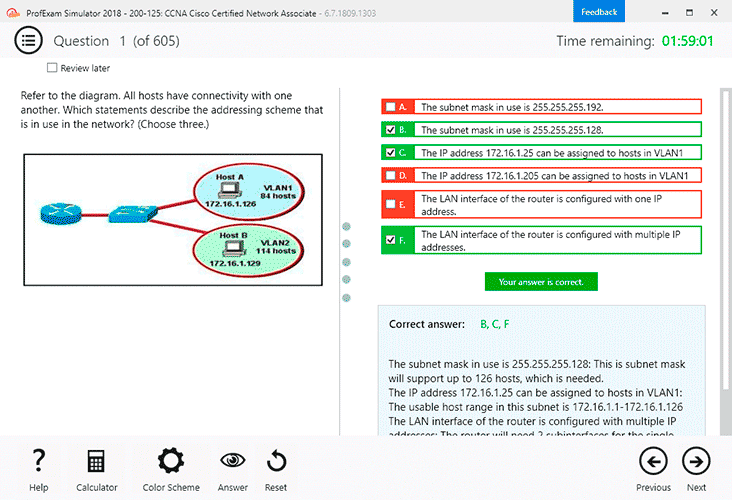
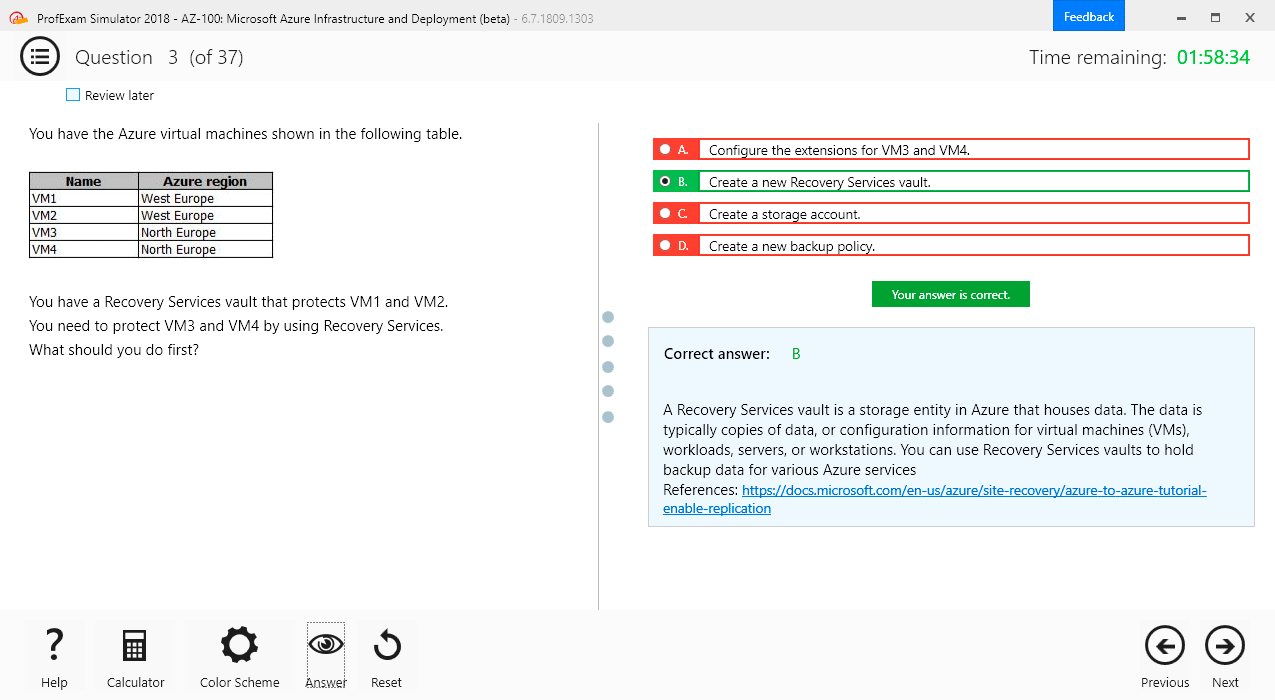
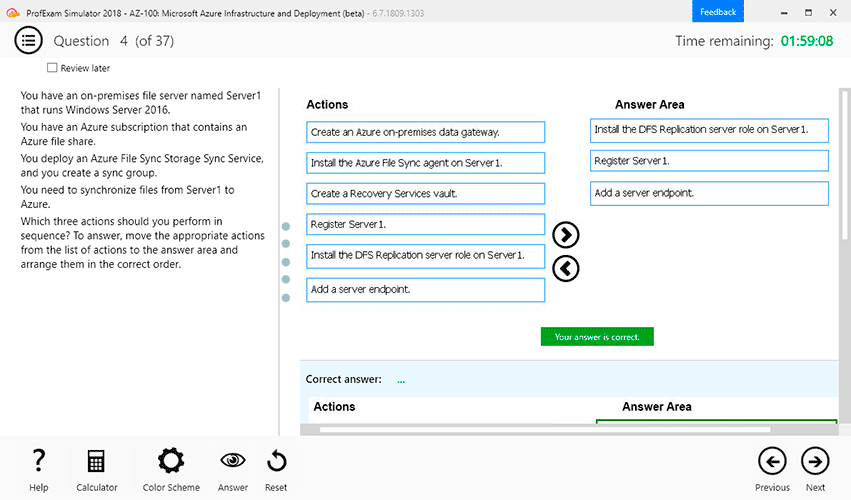
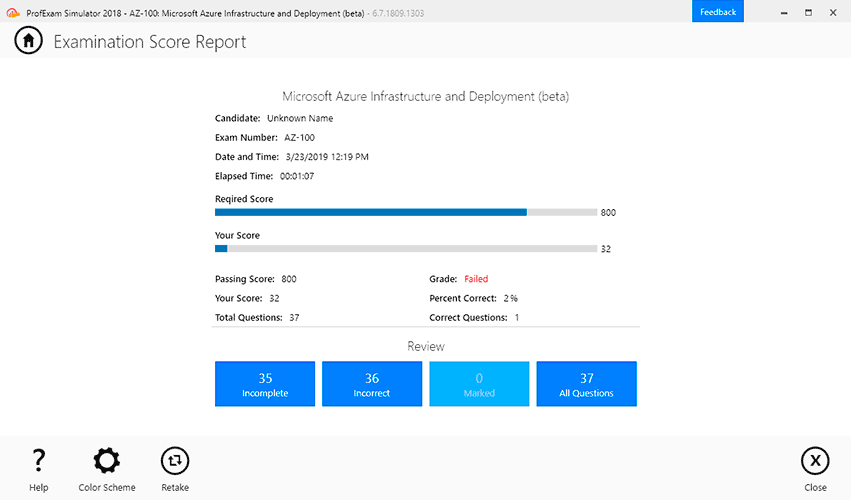
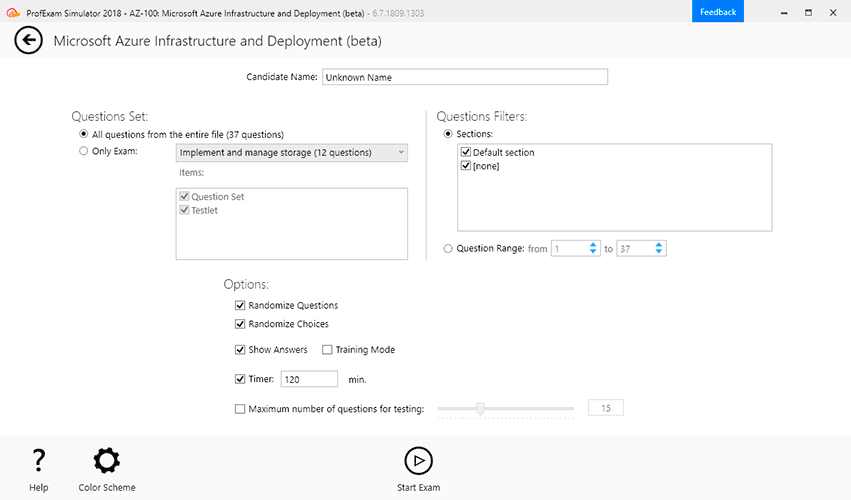

Demo Questions
Question 1

Click the Exhibit button.
Given the HTML form:
- <html>
- <body>
- <form action="submit.jsp">
- Name: <input type="text" name="i1"><br>
- Price: <input type="text" name="i2"><br>
- <input type="submit">
- </form>
- </body>
- </html>
Assume the product attribute does NOT yet exist in any scope.
Which code snippet, in submit.jsp, instantiates an instance of com.example.Product that contains the results of the form submission?

- <jsp:useBean id="com.example.Product" /><jsp:setProperty name="product" property="*" />
- <jsp:useBean id="product" class="com.example.Product" />${product.name = param.i1}${product.price = param.i2}
- <jsp:useBean id="product" class="com.example.Product"><jsp:setProperty name="product" property="name"param="i1" /><jsp:setProperty name="product" property="price"param="i2" /></jsp:useBean>
- <jsp:useBean id="product" type="com.example.Product"><jsp:setProperty name="product" property="name"value="<%= request.getParameter( "i1" ) %>" /><jsp:setProperty name="product" property="price"value="<%= request.getParameter( "i2" ) %>" /></jsp:useBean>
Correct answer: C
Question 2
You need to create a JavaBean object that is used only within the current ISP page. It must NOT be accessible to any other page including those that this page might import.
Which JSP standard action < .in accomplish this goal?
- <jsp:useBean id = ‘pageBean’ type = ‘com.example.MyBean’ />
- <jsp:useBean id = ‘pageBean’ class = ‘com.example.MyBean’ />
- <jsp:makeBean id = ‘pageBean’ type = ‘com.example.MyBean’ />
- <jsp:makeBean id = ‘pageBean’ class = ‘com.example.MyBean’ />
- <jsp:useBean id = ‘pageBean’ class = ‘com.example.MyBean’ />
- <jsp:makeBean id = ‘pageBean’ class = ‘com.example.MyBean’ />
Correct answer: B
Question 3
Given the JavaBean class:
public class MyBean {
private Boolean roasted = false;
public MyBean ()
public Boolean isRoasted () { returned roasted }
public void setRoasted (Boolean roasted) { this.roasted = roasted; ]
}
Assume a controller has created an instance of this bean, called setRoasted (true), and inserted the bean into the application scope using the name “myBean”.
A JSP contains these two tags:
<jsp: useBean id = “aBean” class = “MyBean” scope = “page” \ />
<jsp: getProprty name = “aBean” property = “roasted” \ />
Which is true?
- the page will include the output false
- the page will include the output
- the page will report that the property roasted does not exist
- the page will report that the syntax of the useBean tag is incorrect
- the page will report that the syntax of the getProperty tag ls incorrect
Correct answer: A
Explanation:
Reference: http://www.emacao.gov.mo/documents/18/06/exam.pdf (4th table from the top) Reference: http://www.emacao.gov.mo/documents/18/06/exam.pdf (4th table from the top)
Question 4
A developer chooses to avoid using singieThreadModel but wants to ensure that data If; updated in a thread safe manner.
Which two can support this design goal? (Choose two)
- Store the data in a local variable.
- Store the data in an instance variable.
- Store the data in the Httpsession object.
- Store the data in the sarvletContext object.
- Store the data in the ServletRequest object.
Correct answer: AE
Question 5
You have a use in your web application that adds several session-scoped attributes. At the end of the use case, one of these objects, the manage attribute, is removed and then it needs to decide which of the other session-scoped attributes to remove.
How can this goal be accomplished?
- The object of the manager attribute should implement the HttpSessionBindingListener and it should call the removeAttribute method on the appropriate session attributes.
- The object of the manager attribute should implement the HttpSessionListenar and it should call the removeAttribute method on the appropriate session attributes.
- The object of the manager attribute should implement the HttpSessionBindingListener rind it should call the deleteAttribute method on the appropriate session attributes.
- The object of the manager attribute should implement the HttpsessionListener and it should call the deleteAttribute method on the appropriate session attributes.
Correct answer: A

